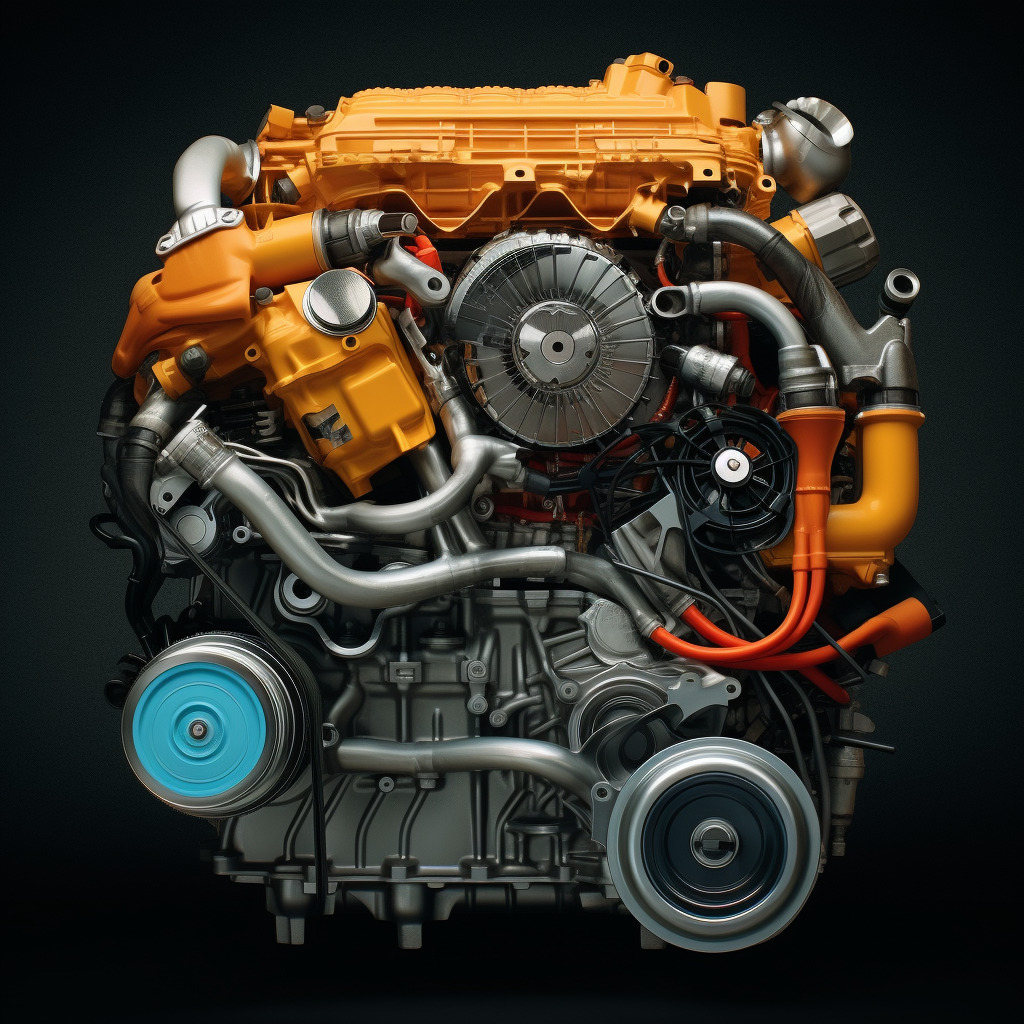

In the world of automotive diagnostics, various diagnostic trouble codes (DTCs) are used to identify specific issues within vehicles. One such code is the 16842/P0458/001112 DTC code. In this article, we will delve deep into understanding this specific code, its meaning, possible causes, and how to diagnose and resolve the issue effectively.
Before we dive into the specifics of the 16842/P0458/001112 DTC code, let’s have a brief overview of DTC codes in general. DTC codes are alphanumeric codes that provide information about faults and malfunctions within a vehicle’s various systems. These codes help automotive technicians diagnose and troubleshoot problems effectively, saving time and effort.
Breaking down the 16842/P0458/001112 DTC code, we can decipher its meaning and components:
16842: The first part of the code, in this case, represents a specific manufacturer or system. It varies depending on the vehicle’s make and model, indicating the system involved in the fault.
P0458: The second part of the code, typically starting with a letter “P,” is a standardized OBD-II code. In the case of P0458, it relates to an issue with the Evaporative Emission System (EVAP) Purge Control Valve Circuit Low.
001112: The third part of the code typically indicates the fault occurrence count or display sequence, aiding in tracking multiple occurrences of the same code.
To effectively diagnose and resolve the P0458 DTC code, it’s crucial to understand its root causes. While these causes can vary slightly depending on the vehicle’s make and model, here are some common triggers:
Defective Purge Control Valve: The purge control valve, responsible for controlling the flow of fuel vapor from the EVAP system to the engine, may malfunction or fail, leading to the P0458 code.
Faulty Wiring or Connectors: Damaged or loosely connected wiring harnesses or electrical connectors associated with the EVAP purge control valve circuit can cause signal disruptions and trigger the DTC code.
EVAP System Leak: A leak in the EVAP system, such as a cracked hose or faulty seal, can disrupt the proper functioning of the system, leading to the P0458 code.
Faulty Charcoal Canister: The charcoal canister, which absorbs and stores fuel vapors from the EVAP system, may become saturated or damaged, resulting in compromised system performance and triggering the DTC code.
When faced with the 16842/P0458/001112 DTC code, it is vital to follow a systematic diagnostic process to pinpoint the exact cause and take appropriate actions. Here is a step-by-step guide:
Begin by conducting a visual inspection of the EVAP system components, looking for any obvious signs of damage, leaks, or loose connections. Check the purge control valve, wiring connections, hoses, and the charcoal canister for any visible issues.
Connect a compatible OBD-II scan tool to the vehicle’s onboard diagnostic system. Retrieve and record any additional DTCs present in addition to the P0458 code. This will help identify any related issues and ensure a comprehensive diagnosis.
Inspect the wiring harnesses and connectors associated with the purge control valve circuit. Look for signs of damage, frayed wires, corroded pins, or loose connections. Repair or replace any faulty components as necessary.
To determine if there is a leak in the EVAP system, perform an EVAP system pressure test using an appropriate diagnosis tool. This test will help locate any leaks in the system, such as damaged hoses, loose fittings, or a faulty charcoal canister.
Use a multimeter to test the purge control valve’s resistance and functionality. Consult the vehicle’s service manual for the specific specifications and testing procedures. If the purge control valve fails the test, replace it with a new, compatible one.
After performing the necessary repairs or component replacements, clear the DTC codes using the scan tool. Take the vehicle for a test drive and monitor the system to ensure the fault does not reoccur. If the DTC code does not reappear, the repair was successful.
A1: It is generally not recommended to continue driving the vehicle with the P0458 DTC code present. While the issue may not immediately affect drivability, it can lead to increased emissions, decreased fuel efficiency, and may cause further damage to the EVAP system if left unresolved.
A2: The P0458 DTC code is a standardized OBD-II code used across various vehicle makes and models. However, specific details and causes may vary between different manufacturers and their EVAP systems.
A3: Resetting the DTC codes without addressing the root cause may temporarily clear the warning lights, but the issue will likely reoccur. It is crucial to diagnose and resolve the problem to maintain the optimal performance and reliability of the vehicle.
In conclusion, the 16842/P0458/001112 DTC code signifies an issue with the EVAP purge control valve circuit in an automotive vehicle. Understanding the causes, conducting a systematic diagnosis, and resolving the problem effectively will ensure the optimal functionality of the EVAP system. Remember, if you are unsure or uncomfortable with the diagnostic and repair process, it is always recommended to consult a qualified automotive technician.